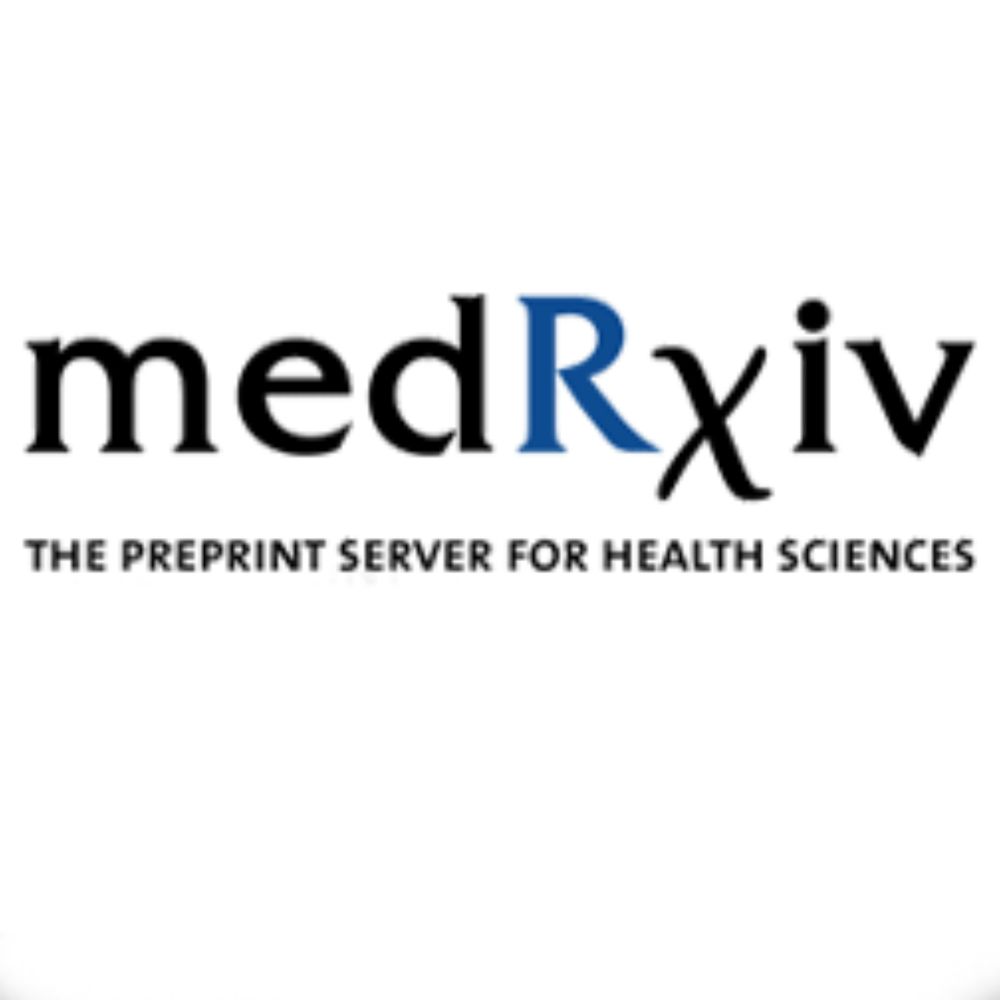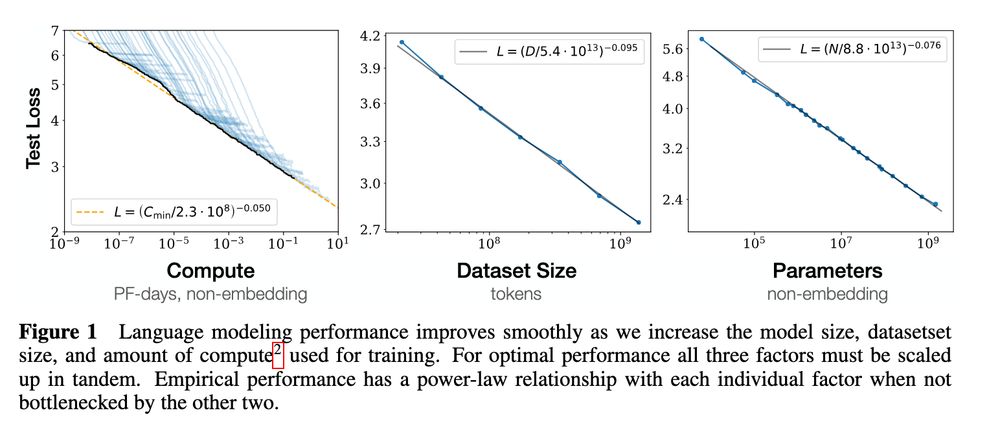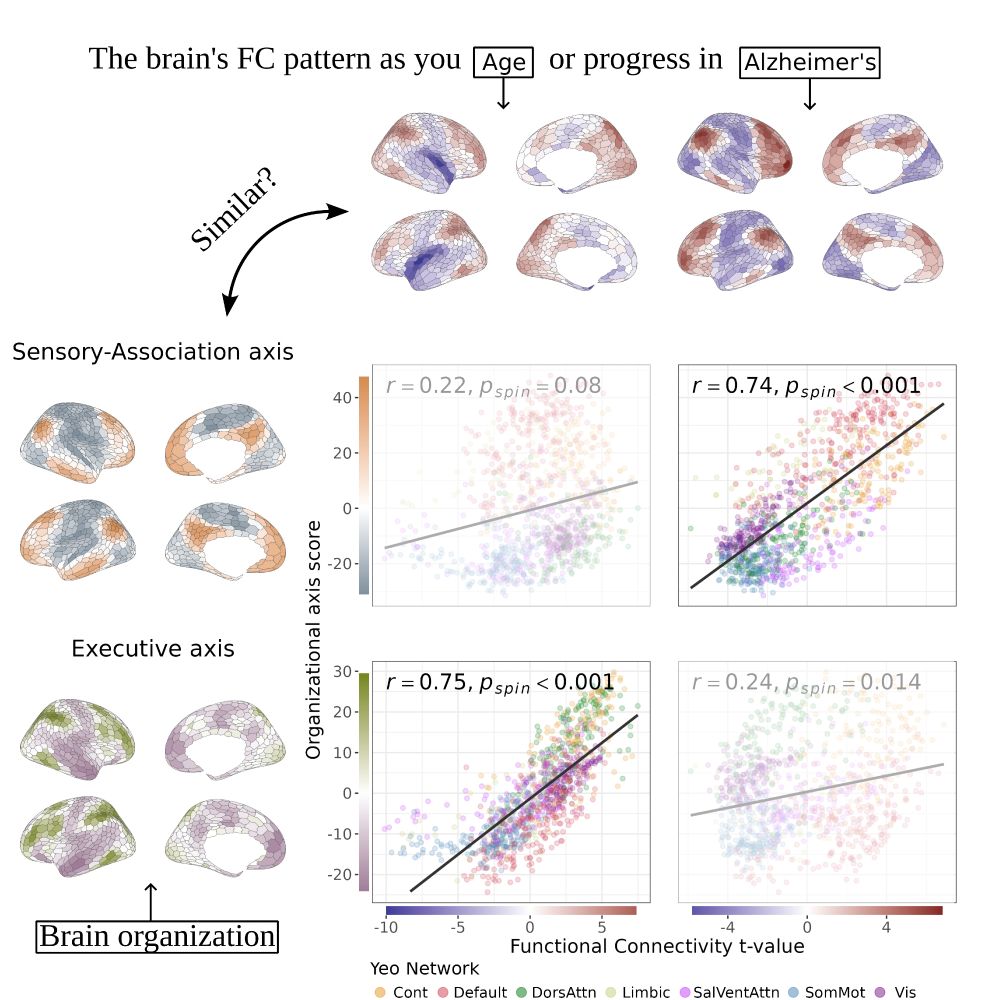Yu Xiao (肖燏)
@xiaoyucaly.bsky.social
48 followers
41 following
22 posts
Postdoctoral researcher in DeMON lab, Lund University | Machine learning | Alzheimer’s Disease pregression modeling | multimodality neuroimaging
Posts
Media
Videos
Starter Packs
Reposted by Yu Xiao (肖燏)
Yu Xiao (肖燏)
@xiaoyucaly.bsky.social
· Jul 17
Lijun An
@anlijuncn.bsky.social
· Jul 15

Benchmarking the AI-based diagnostic potential of plasma proteomics for neurodegenerative disease in 17,170 people
Co-pathology is a common feature of neurodegenerative diseases that complicates diagnosis, treatment and clinical management. However, sensitive, specific and scalable biomarkers for in vivo pathologi...
www.medrxiv.org
Reposted by Yu Xiao (肖燏)
Reposted by Yu Xiao (肖燏)
Lijun An
@anlijuncn.bsky.social
· May 2
Reposted by Yu Xiao (肖燏)
Jonathan Rittmo
@jorittmo.bsky.social
· Apr 28
Reposted by Yu Xiao (肖燏)
Yu Xiao (肖燏)
@xiaoyucaly.bsky.social
· Apr 25
Reposted by Yu Xiao (肖燏)
Reposted by Yu Xiao (肖燏)
Jake Vogel
@jwvogel.bsky.social
· Apr 24
Yu Xiao (肖燏)
@xiaoyucaly.bsky.social
· Apr 24
Yu Xiao (肖燏)
@xiaoyucaly.bsky.social
· Apr 24
Yu Xiao (肖燏)
@xiaoyucaly.bsky.social
· Apr 24
Yu Xiao (肖燏)
@xiaoyucaly.bsky.social
· Apr 24
Yu Xiao (肖燏)
@xiaoyucaly.bsky.social
· Apr 24
Yu Xiao (肖燏)
@xiaoyucaly.bsky.social
· Apr 24
Yu Xiao (肖燏)
@xiaoyucaly.bsky.social
· Apr 24
Yu Xiao (肖燏)
@xiaoyucaly.bsky.social
· Apr 24

Four distinct trajectories of tau deposition identified in Alzheimer’s disease - Nature Medicine
Systematic characterization of longitudinal tau variability in human Alzheimer’s disease using an unbiased subtyping algorithm reveals four trajectories of tau deposition with distinct clinical featur...
www.nature.com












